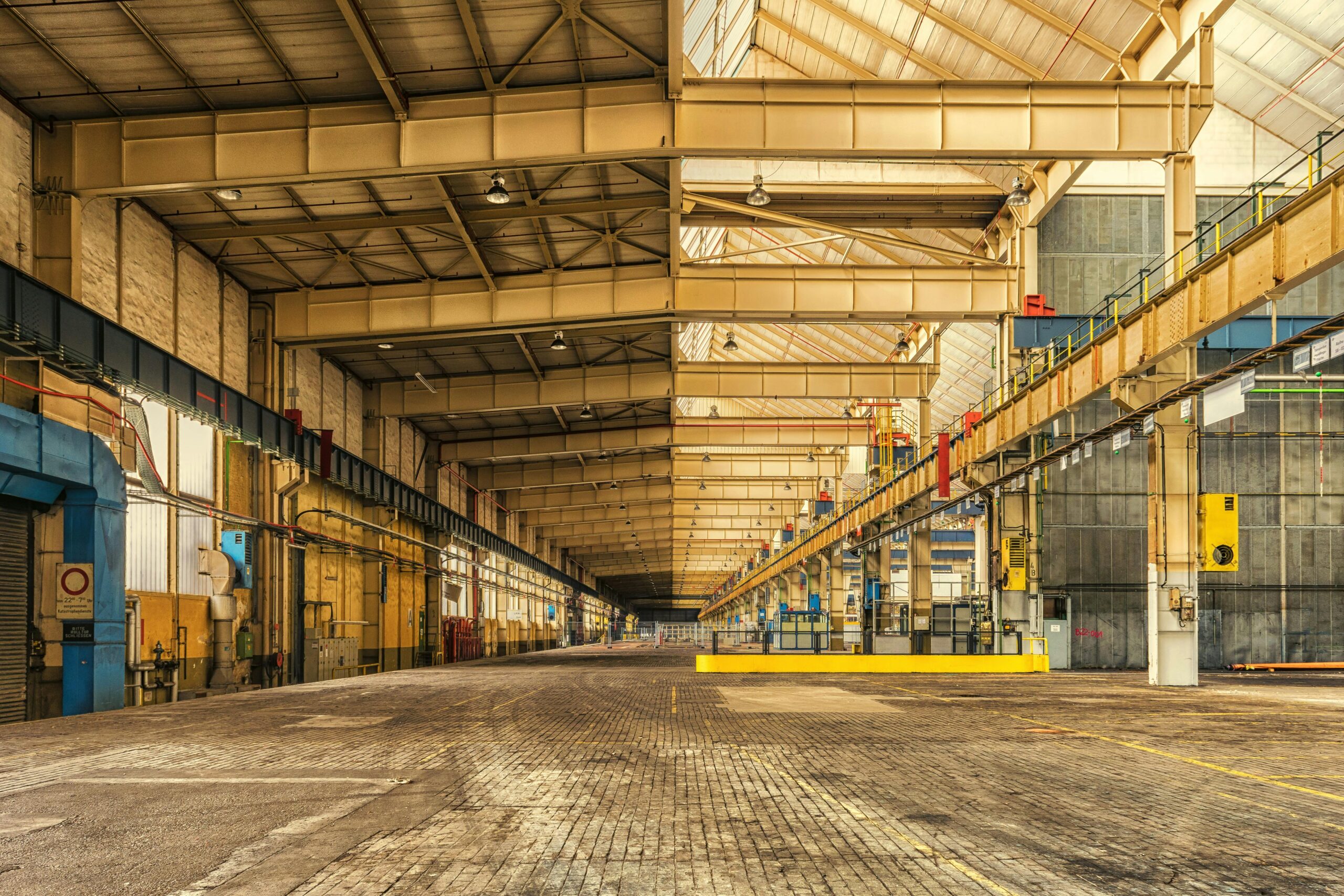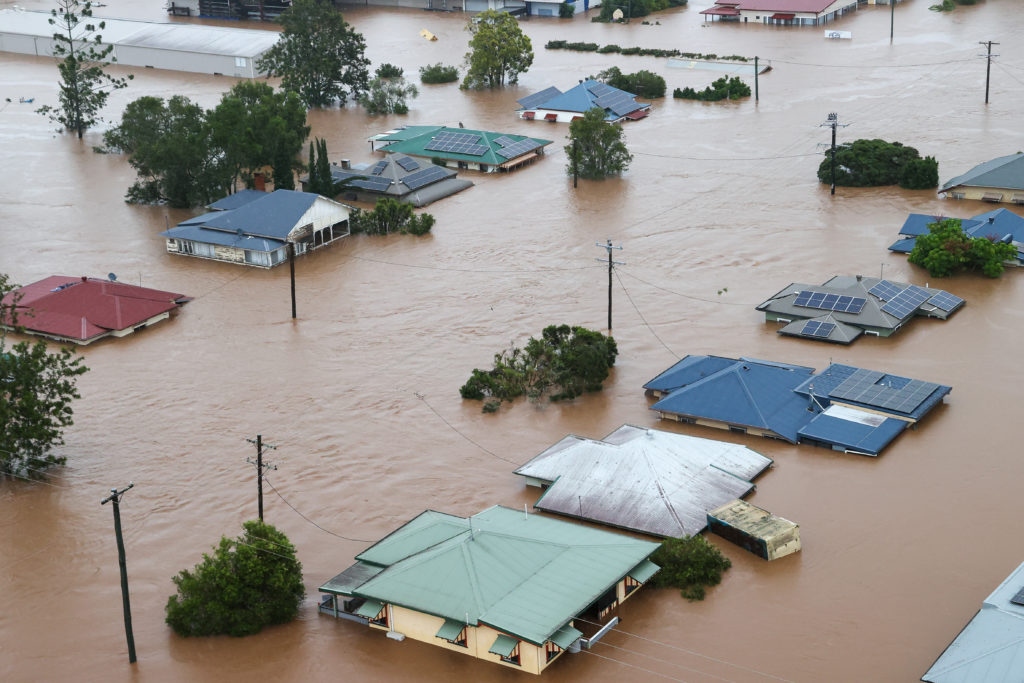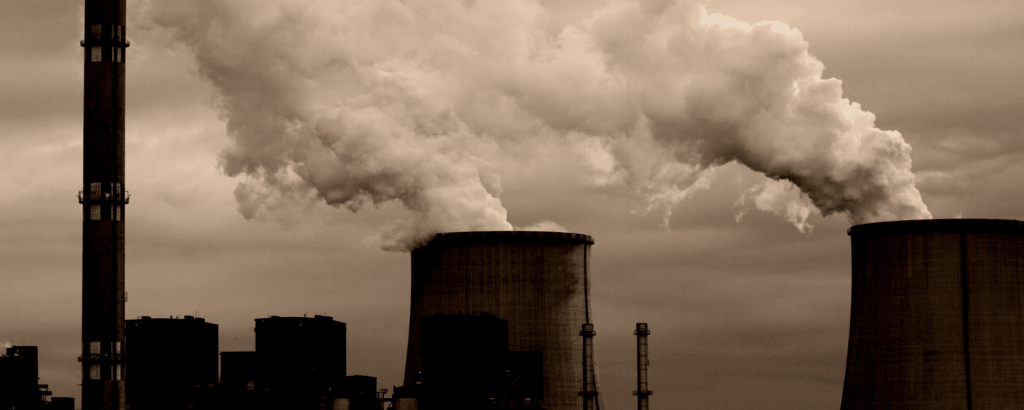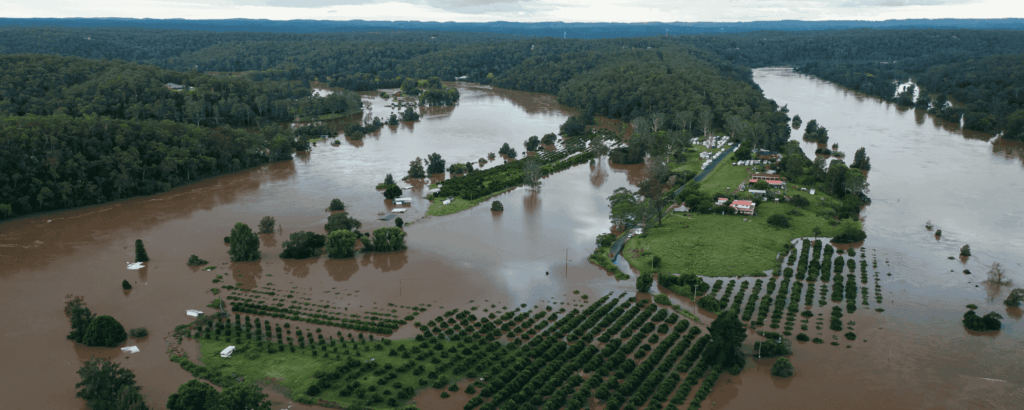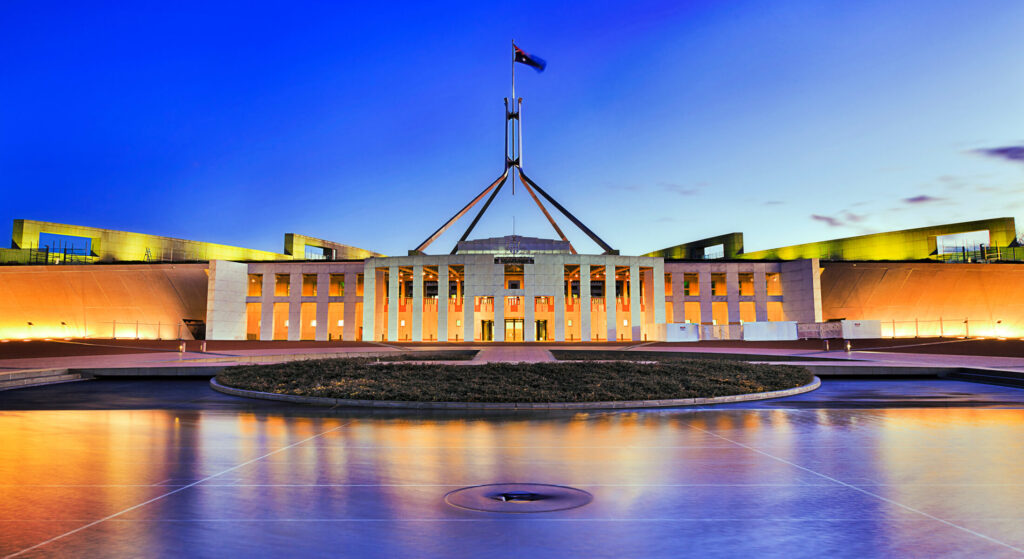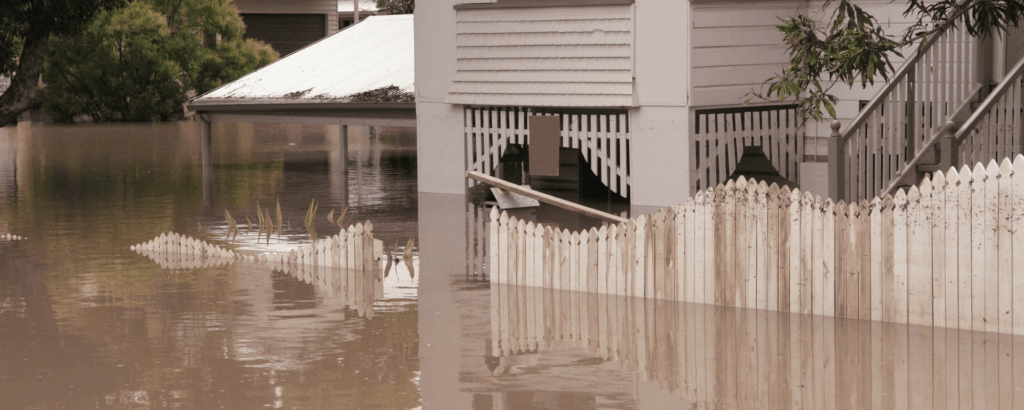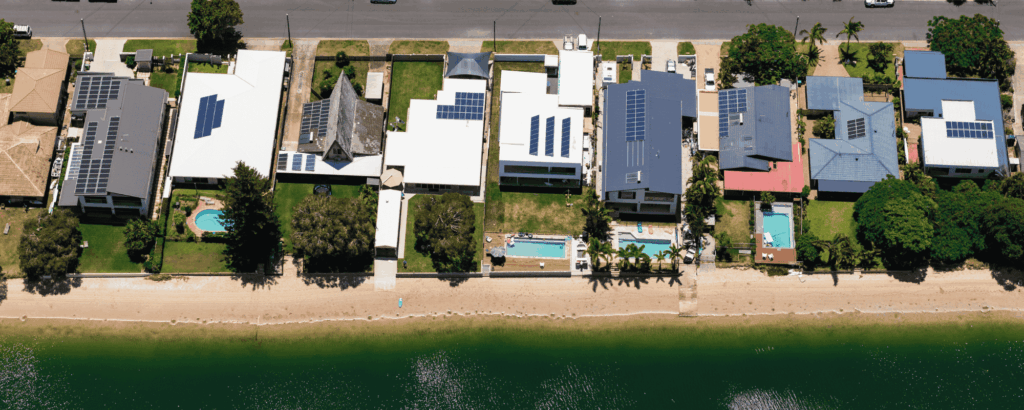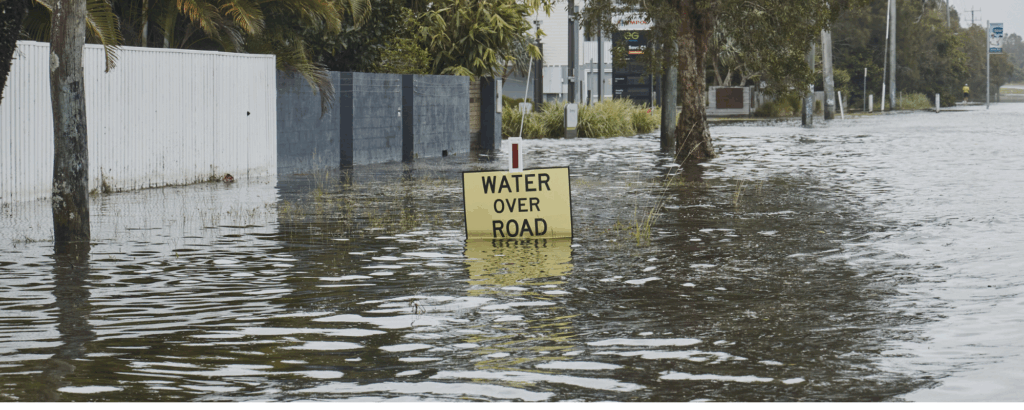The Climate Council has a plan that spells out how we can electrify the nation and cut climate pollution by 75% this decade. The plan shows how we can build on the momentum we’ve already created to ensure Australia has a clean economy powered by the sun and wind, set up our communities and kids for success, and get on a path to end climate pollution.
We’ll live and work in better buildings, which are more comfortable and cheaper to run.
The built environment refers to energy used in our homes, workplaces, and other buildings (besides electricity). Climate pollution in this sector comes from burning fossil fuels – mostly gas – for heating, hot water and cooking.
When our homes and businesses are built inefficiently, they waste energy and money. Improving our buildings and appliances, to make them more efficient, is one of the simplest and fastest ways to cut climate pollution and reduce energy demand with technology and materials that are widely available and scalable today.
Where are we at?
- Too many Australian homes are poorly built and still use polluting and expensive gas.
- Most residential homes built since 2010 in Australia only meet minimum building efficiency standards – 6 out of 10 stars – and older homes are worse. The 6-star minimum standard is around 40% less efficient than the standards in countries like the United States, Canada and the United Kingdom.
- The National Construction Code was recently updated to require new homes meet a 7-stars efficiency standard and a new annual energy budget for household appliances.
- About half of all Australian homes are connected to polluting gas for their heating, cooking or hot water. Most of these are in Australia’s southeast, where gas use and power bills are also the most costly in winter.
- The Australian Capital Territory (ACT) and Victoria are leading the nation by requiring new homes be all-electric and ending new gas connections. This will significantly reduce both climate pollution, pollutants in homes, and power bills for households.
- Commercial buildings, from offices to nursing homes, account for a third of building emissions. New rating systems, such as the National Australian Built Environment Rating System, are improving the energy efficiency of commercial buildings. Between 2013 and 2023 commercial buildings became about 13% more efficient in their use of gas and 15% more efficient in their use of electricity.
| Our built environment today: | Pollutes 18 Mt CO2e each year | Makes up 4% of national emissions | Pollution has increased 15% since 2005 |
What else can we do?
Better, more efficient buildings means we can live and work in places that are more comfortable, more affordable and less polluting. Electrification and energy efficiency upgrades can ease cost-of-living pressures, too, by saving Australian households between $1,119 and $2,872 a year.
We can do this by:
Being smarter with our energy use, and speeding up electrification.
- Electrifying most Australian homes and workplaces using efficient electric appliances in parallel with a roll-out of rooftop solar and household batteries to cut power bills and climate pollution.
- Upgrading the thermal efficiency of residential and commercial buildings by approximately 8% and 12% respectively, by using low-cost upgrades like insulation, window glazing and gap sealing.
- Ensure all new homes are all-electric, and coordinate an orderly phase out of gas from existing buildings as they are all electrified.
Find out more about each section of our plan:
Help turn this plan into action!
Our plan shows how we can cut climate pollution three times faster than current government plans each year to 2030.
Your donation will fund our climate science, advocacy, policy, media and communications experts to:
- influence decision makers to put these achievable recommendations into practice.
- get persuasive messages out, building public support for climate action at the speed and scale we need now.
There’s no time to waste. Our kids are depending on us.

